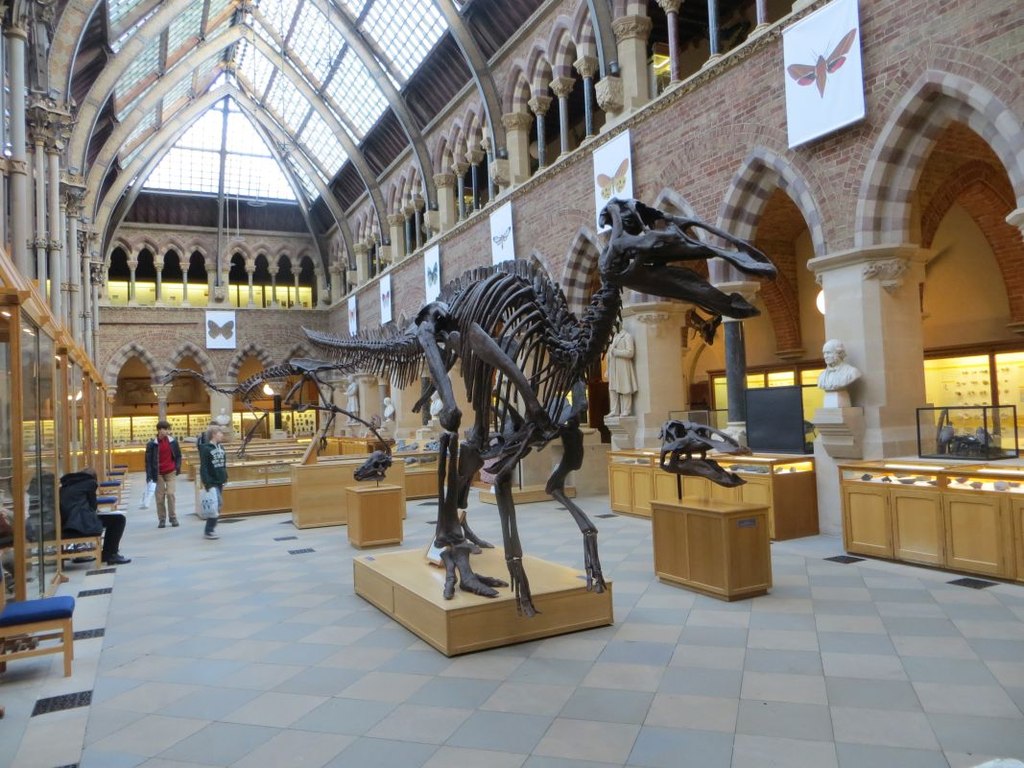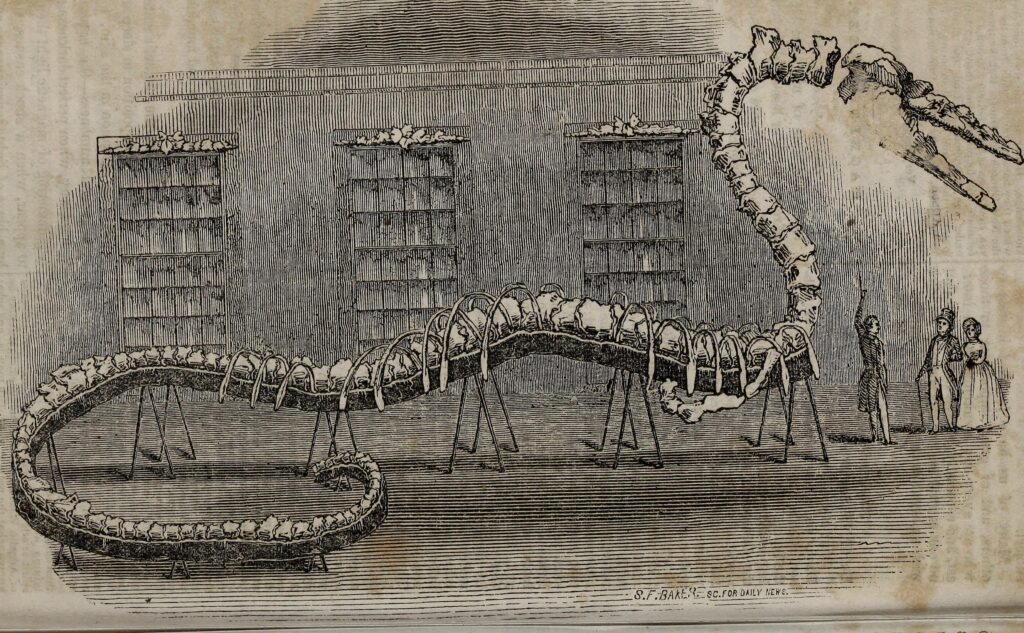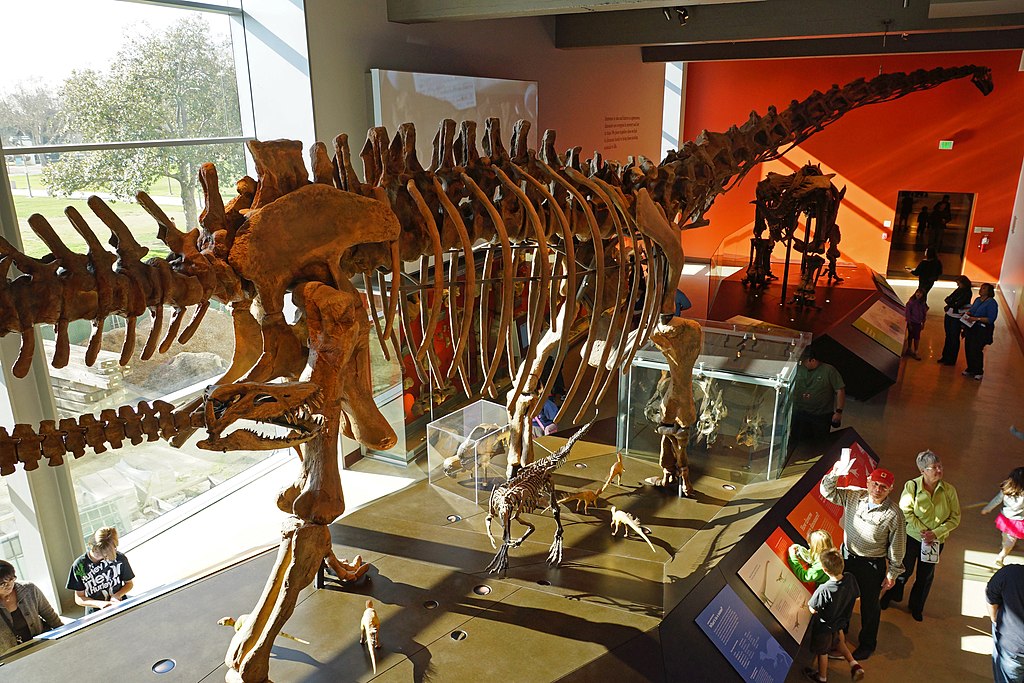Deep beneath the bustling streets of Brussels lies one of paleontology’s most extraordinary treasures—a collection that changed everything we thought we knew about dinosaurs. In 1878, coal miners working in the Belgian town of Bernissart made a discovery that would echo through scientific halls for generations. They uncovered not just one, but an entire herd of Iguanodon skeletons, perfectly preserved in ancient clay like prehistoric time capsules waiting to tell their story.
The Bernissart Miracle: When Coal Miners Became Dinosaur Hunters
Picture this: exhausted miners, covered in coal dust, suddenly stumbling upon massive bones that seemed too large to belong to any living creature. The year was 1878, and these Belgian workers had no idea they were about to rewrite paleontological history. What started as a routine mining operation quickly transformed into the most significant dinosaur excavation Europe had ever witnessed. The sheer number of complete skeletons found—29 individual Iguanodon specimens—was unprecedented and remains one of the largest dinosaur bone beds ever discovered. This wasn’t just a lucky find; it was a window into an ancient world where these magnificent creatures roamed the European landscape 125 million years ago.
Brussels Takes Center Stage: The Royal Belgian Institute’s Crown Jewel

The Royal Belgian Institute of Natural Sciences didn’t just house these fossils—they created a temple to prehistoric life. Walking into their dinosaur hall feels like stepping through a time machine, where towering Iguanodon skeletons stand frozen in eternal motion. The museum’s approach was revolutionary for its time, displaying these ancient giants in dynamic poses that brought them to life for visitors. Louis Dollo, the brilliant paleontologist who supervised the excavation and preparation, insisted on mounting the skeletons in lifelike positions rather than the static displays common in other museums. This vision transformed Brussels into Europe’s dinosaur capital, attracting researchers and curious minds from around the globe.
Iguanodon Revealed: The Gentle Giant That Walked on Two or Four Legs
These weren’t the fearsome predators that Hollywood loves to portray—Iguanodon were the peaceful herbivores of their time, like massive prehistoric cows with an incredible adaptation story. Standing up to 30 feet long and weighing as much as an elephant, these creatures possessed a unique ability to switch between walking on two legs and four, depending on their needs. Their most distinctive feature was a sharp thumb spike, initially mistaken by early paleontologists as a horn on their nose—imagine the confusion when they realized their error! The Brussels specimens revealed intricate details about their social behavior, suggesting these dinosaurs lived and traveled in herds, much like modern-day buffalo or wildebeest. Their powerful jaws, lined with grinding teeth, were perfectly designed for processing tough prehistoric vegetation.
The Art of Fossil Preparation: Turning Stone into Stories
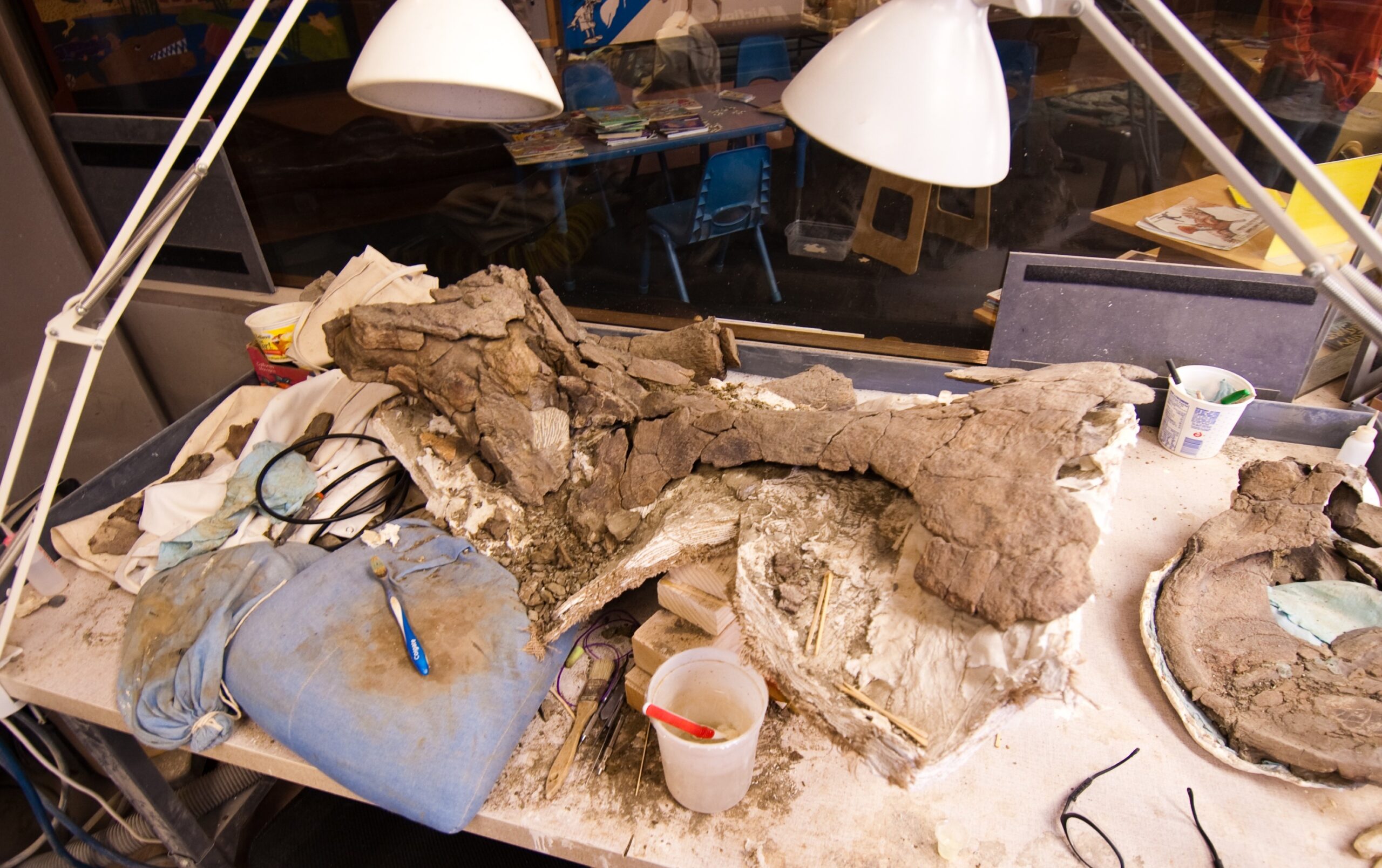
What visitors see today represents decades of painstaking work that would make the most patient craftsperson weep with admiration. Each bone required careful extraction from the surrounding rock matrix, a process so delicate that a single wrong move could destroy millions of years of preserved history. The preparation teams used tools ranging from tiny brushes to pneumatic chisels, working grain by grain to reveal the hidden treasures within. Some fossils took years to fully prepare, with specialists working under magnifying glasses to preserve even the smallest bone fragments. The Brussels collection showcases this artistry, where each skeleton tells not just the story of the dinosaur, but of the human dedication required to bring it to light.
Scientific Breakthroughs: How Brussels Changed Dinosaur Science
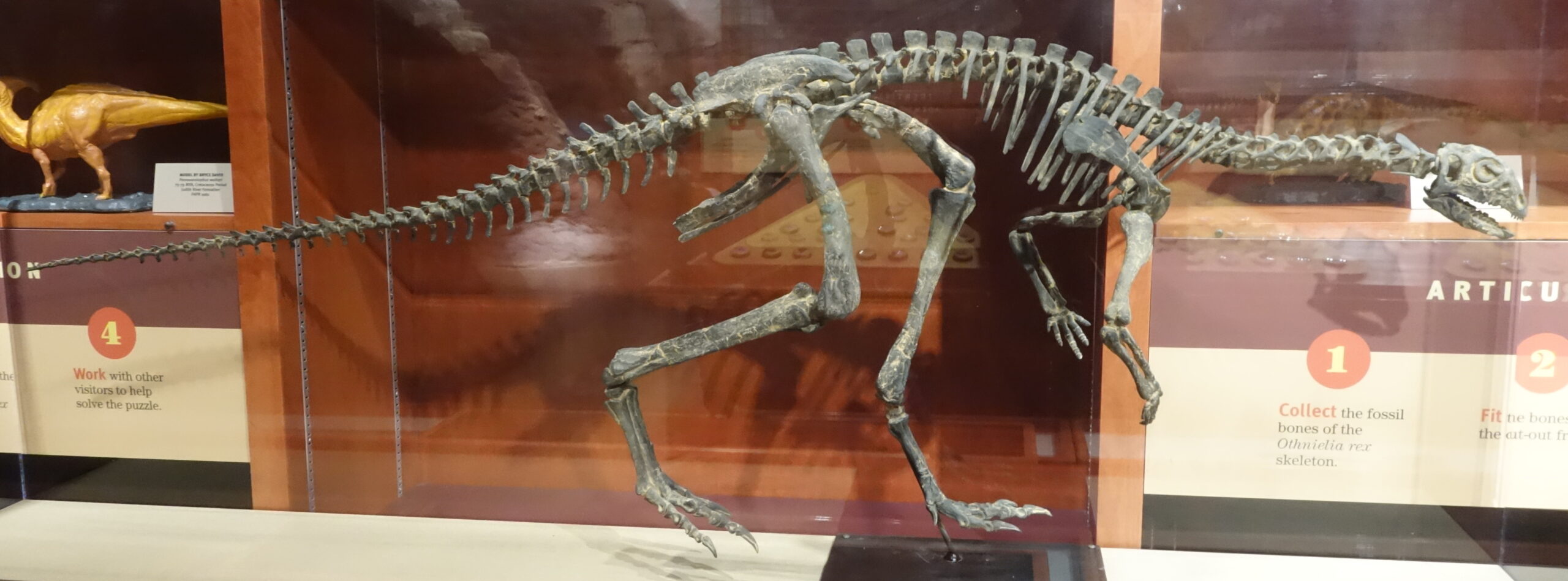
The Bernissart discoveries didn’t just fill museum cases—they revolutionized our understanding of dinosaur biology and behavior. Before these finds, scientists had only fragmentary evidence about how these ancient creatures lived and moved. The Brussels specimens provided the first complete picture of Iguanodon anatomy, revealing details about their posture, gait, and social structure that had been pure speculation. Louis Dollo’s careful studies of these fossils led to groundbreaking insights about dinosaur evolution and behavior, many of which still influence paleontological research today. The quality of preservation allowed scientists to study everything from bone pathology to growth patterns, creating a comprehensive picture of Iguanodon life that continues to yield new discoveries even 145 years later.
The Dollo Collection: A Paleontologist’s Paradise
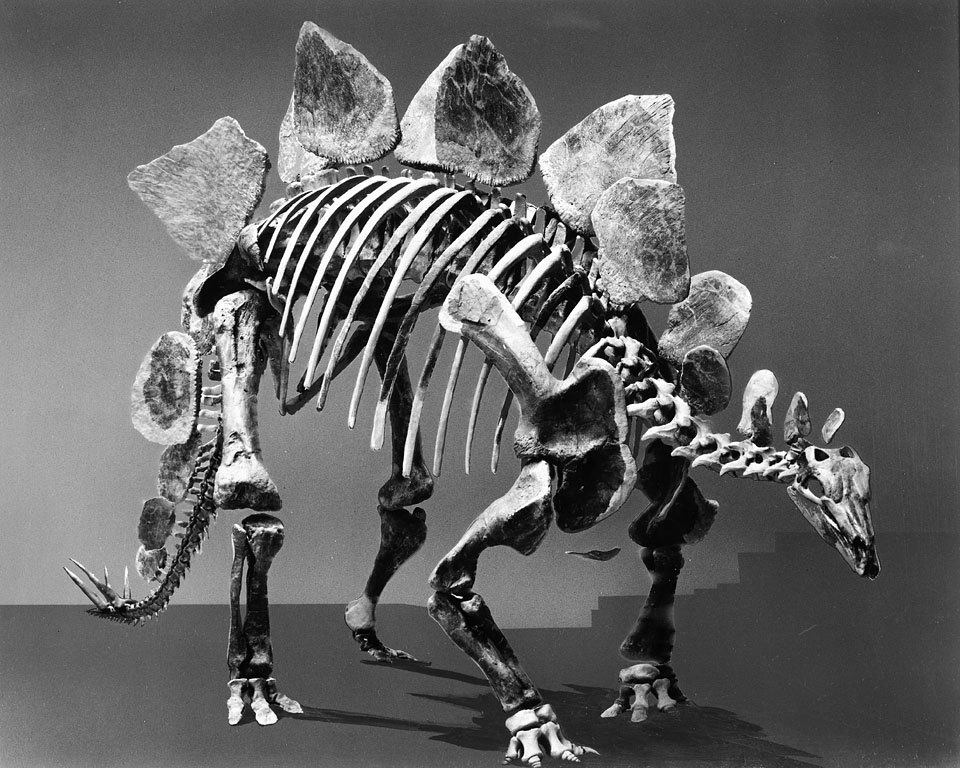
Louis Dollo wasn’t just a scientist—he was a visionary who understood that fossils needed to tell stories, not just sit in storage. His meticulous documentation and innovative display methods created a legacy that extends far beyond the dinosaur hall itself. The collection includes not just the famous mounted skeletons, but thousands of individual bones, teeth, and fossil fragments that continue to provide research material for scientists worldwide. Dollo’s approach to paleontology was holistic, considering not just the bones themselves but the ancient environment they came from and the ecological relationships they represented. His work established Brussels as a center of paleontological excellence that continues to attract researchers from every continent.
Interactive Wonders: Technology Meets Prehistory
Modern visitors don’t just observe these ancient giants—they experience them through cutting-edge technology that brings the Mesozoic era to life. Interactive displays allow guests to explore Iguanodon anatomy in three dimensions, manipulating virtual skeletons to understand how these creatures moved and lived. Augmented reality experiences let visitors see the dinosaurs as they would have appeared in life, complete with skin, muscles, and behavior patterns based on the latest scientific research. The museum has embraced digital technology while maintaining the awe-inspiring presence of the original fossils, creating an experience that educates and entertains in equal measure. These technological enhancements don’t replace the fossils—they enhance our connection to these ancient lives, making the prehistoric world accessible to visitors of all ages and backgrounds.
Hidden Treasures: Beyond the Famous Skeletons
While the mounted Iguanodon skeletons steal the spotlight, the Brussels collection holds countless other prehistoric treasures that tell equally fascinating stories. Fossil plants from the same time period reveal the lush, tropical environment these dinosaurs called home, with ancient ferns and conifers that created dense forests across prehistoric Europe. Fossilized fish, crocodiles, and other creatures paint a picture of a complete ecosystem, showing that Iguanodon shared their world with a diverse cast of prehistoric characters. The collection includes rare soft tissue preservation, trace fossils showing dinosaur footprints and behavior, and even fossilized dinosaur eggs that provide insights into reproduction and development. Each specimen adds another piece to the puzzle of life 125 million years ago, creating a comprehensive picture of an alien yet familiar world.
Conservation Challenges: Preserving Ancient Life for Future Generations
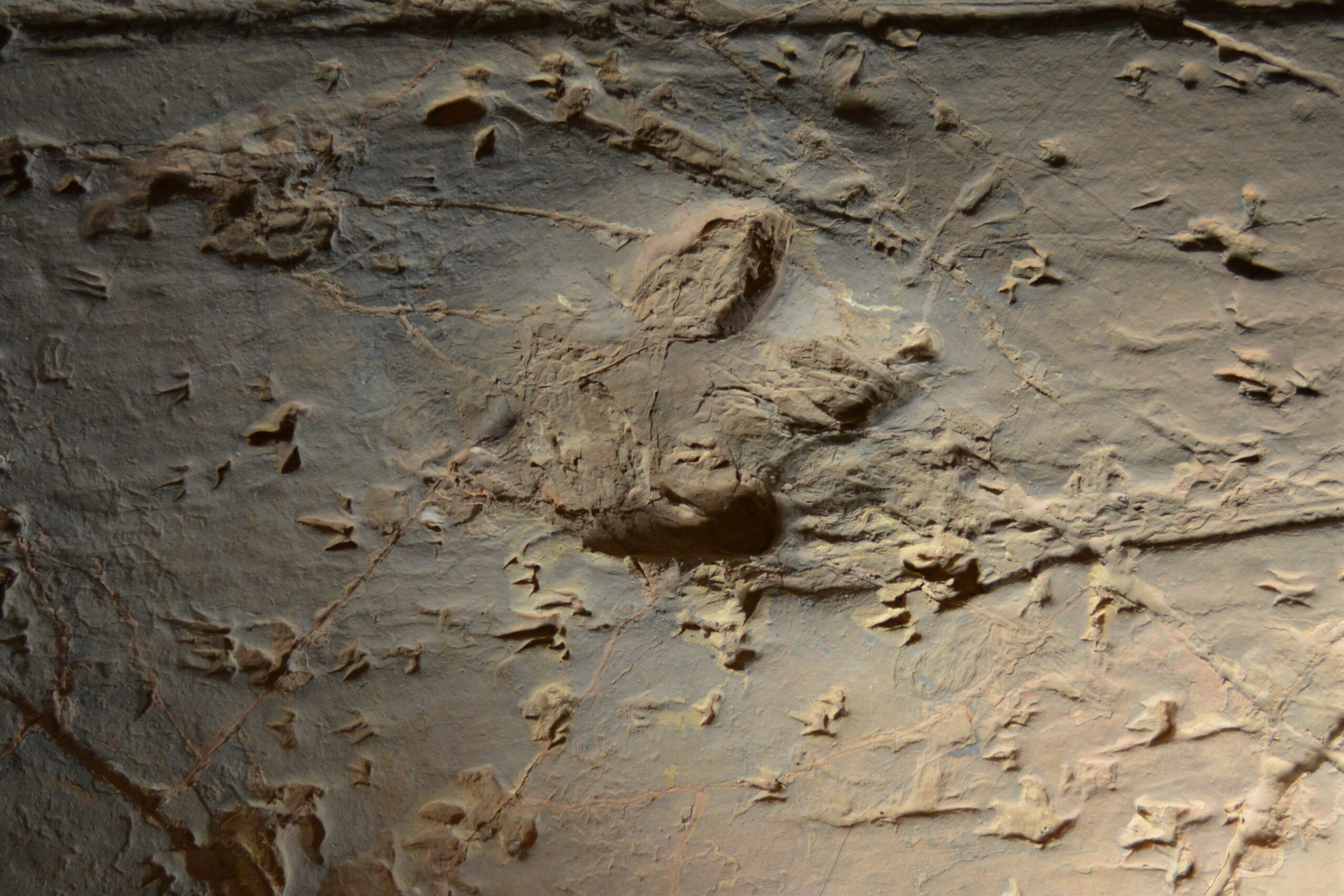
Keeping 145-year-old fossil preparations intact requires constant vigilance and cutting-edge conservation techniques that would impress any art restorer. The Brussels museum faces unique challenges, from air pollution that slowly degrades exposed fossils to the natural settling of century-old mounting systems that could damage priceless specimens. Climate control systems maintain precise temperature and humidity levels, while specialized lighting protects fossils from harmful UV radiation that could cause deterioration over time. Conservation specialists regularly inspect each specimen, using non-invasive techniques like CT scanning to monitor internal conditions and identify potential problems before they become critical. The museum has also developed innovative storage solutions for the thousands of specimens not on display, ensuring that future researchers will have access to this irreplaceable scientific resource.
Educational Impact: Inspiring the Next Generation of Scientists
The Brussels dinosaur hall doesn’t just display ancient life—it creates future paleontologists, geologists, and scientists who will carry the torch of discovery forward. School groups arrive daily, their excited chatter echoing through halls where some of the world’s most important scientific discoveries took place. Educational programs range from hands-on fossil preparation workshops to advanced seminars for university students, each designed to spark curiosity about the natural world. The museum’s outreach efforts extend beyond its walls, with traveling exhibitions and digital resources that bring Brussels’ treasures to classrooms around the world. Many of today’s leading paleontologists trace their inspiration back to childhood visits to these very halls, where towering skeletons first opened their eyes to the wonders of deep time.
International Significance: Brussels as a Global Paleontological Hub
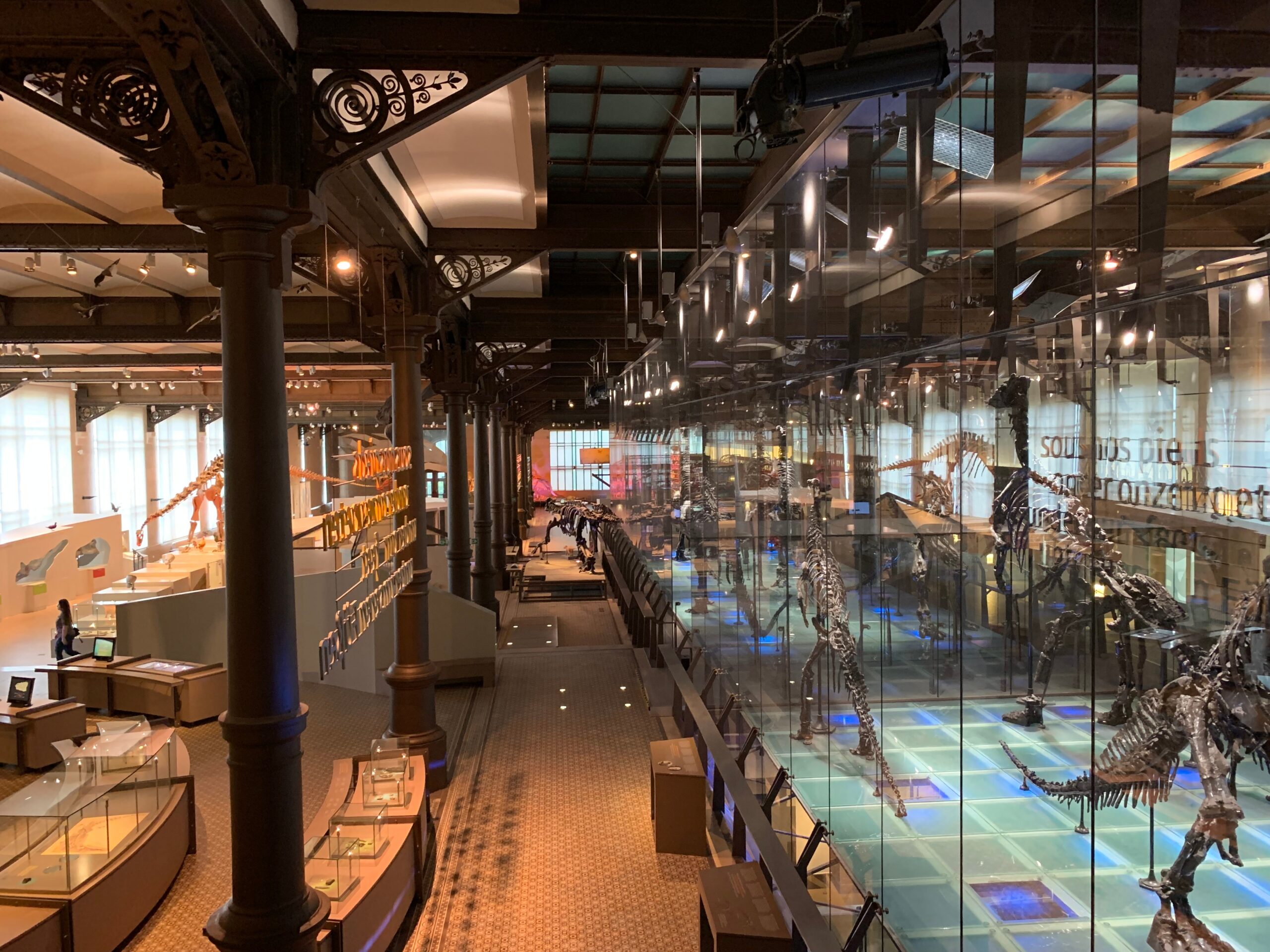
The Brussels collection attracts researchers from every corner of the globe, making the museum a true international center for dinosaur research. Scientists regularly visit to study the Iguanodon specimens, comparing them with fossils from other continents to understand global patterns of dinosaur evolution and distribution. The museum’s research facilities include state-of-the-art preparation laboratories, digital imaging equipment, and collaborative spaces where international teams work together on groundbreaking projects. Partnerships with universities and museums worldwide ensure that the Brussels collection continues to contribute to our understanding of prehistoric life, with new discoveries emerging regularly from ongoing research. The museum hosts international conferences and symposiums, where the world’s leading paleontologists gather to share their latest findings and plan future research directions.
Recent Discoveries: Old Fossils Revealing New Secrets
Even after 145 years, the Brussels Iguanodon continue to surprise scientists with new revelations about prehistoric life. Advanced imaging techniques have revealed previously hidden details about bone structure, growth patterns, and even evidence of injuries and diseases that affected these ancient creatures. Recent studies have uncovered evidence of complex social behaviors, including potential parental care and herd migration patterns that weren’t visible to earlier researchers. New preparation techniques have allowed scientists to extract additional fossils from the original Bernissart clay, adding to the collection with specimens that were overlooked during the initial excavation. These ongoing discoveries demonstrate that museum collections aren’t static displays—they’re active research resources that continue to yield new insights as our scientific tools and understanding evolve.
The Bernissart Ecosystem: Reconstructing an Ancient World
The Iguanodon didn’t live in isolation—they were part of a complex ecosystem that the Brussels collection helps us reconstruct in remarkable detail. Fossilized pollen and plant remains reveal a warm, humid climate very different from today’s European environment, with giant ferns and primitive flowering plants creating dense forests. Other dinosaur species shared this landscape, including smaller herbivores and predators whose remains have been found in the same geological formations. The ecosystem extended beyond land, with rivers and lakes supporting diverse fish and reptile communities that are also represented in the Brussels collection. This comprehensive picture allows scientists to understand not just individual species, but entire prehistoric communities and the environmental changes that shaped their evolution.
Future Visions: What’s Next for Europe’s Dinosaur Capital

The Brussels museum isn’t content to rest on its historical laurels—ambitious plans for expansion and renovation promise even more spectacular displays for future visitors. New exhibition spaces will showcase additional specimens from the collection that have never been displayed, including rare juvenile Iguanodon that provide insights into dinosaur growth and development. Advanced virtual reality experiences are in development, allowing visitors to walk alongside living Iguanodon in their prehistoric habitat. The museum is also planning new research facilities that will cement Brussels’ position as a world leader in paleontological research, with capabilities for the most advanced fossil analysis techniques. These developments ensure that Europe’s dinosaur capital will continue to inspire and educate visitors for generations to come.
Visiting the Giants: A Journey Through Deep Time
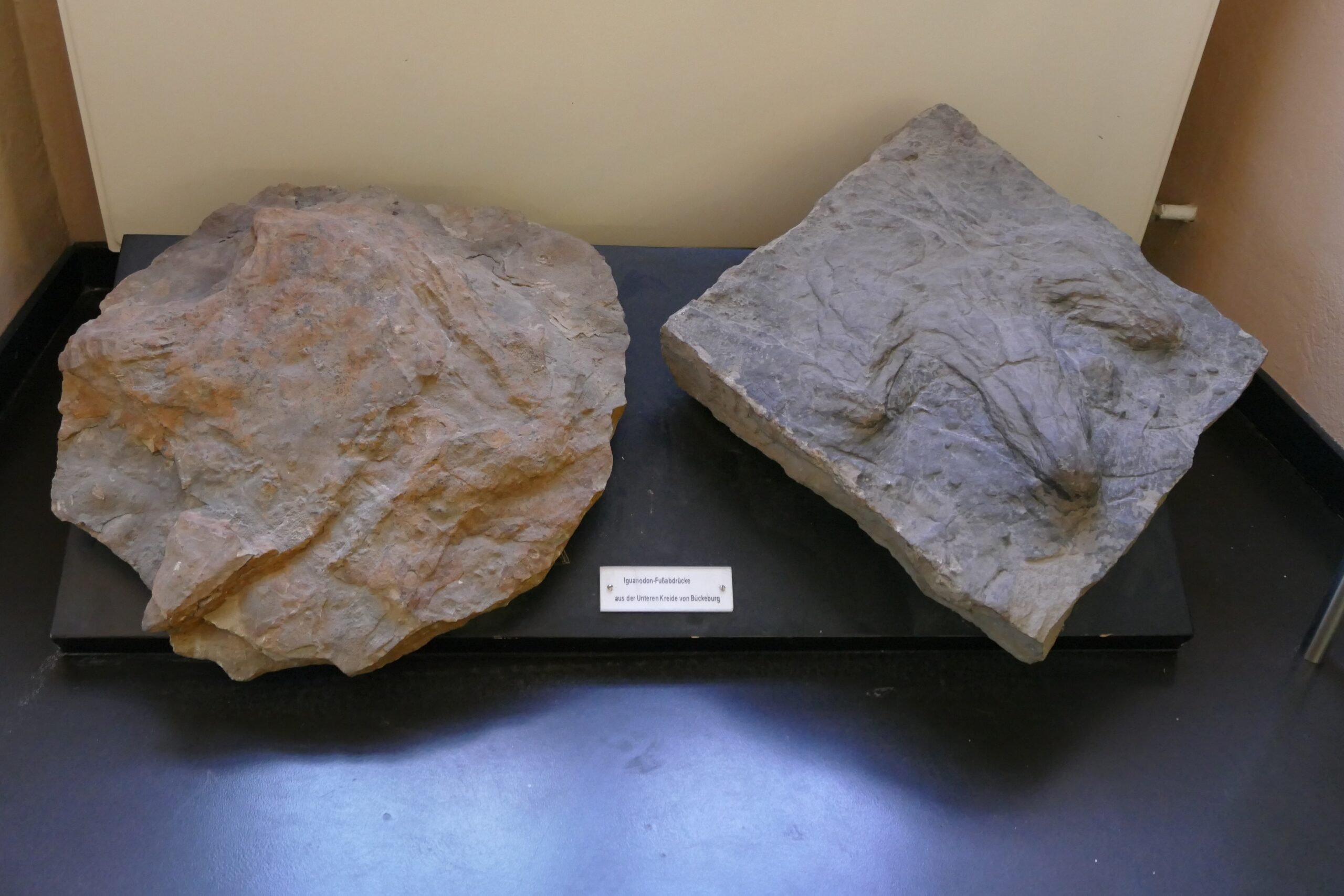
Standing in Brussels’ dinosaur hall, surrounded by these magnificent skeletons, you can almost hear the footsteps of creatures that walked the earth when flowering plants were just beginning to evolve. The experience transcends simple museum viewing—it’s a profound connection to the vast sweep of life on Earth, a reminder that our planet’s history stretches far beyond human memory. Each skeleton represents not just an individual animal, but millions of years of evolution, adaptation, and survival in a world so alien it might as well be another planet. The carefully arranged displays tell stories of ancient dramas, peaceful herbivores navigating a world of predators and environmental challenges that would test any creature’s survival skills. What strikes you most isn’t just their size, but their reality—these were living, breathing animals with their own experiences, challenges, and triumphs in an ancient world that shaped the one we know today. What secrets do you think these silent giants are still waiting to tell us?

